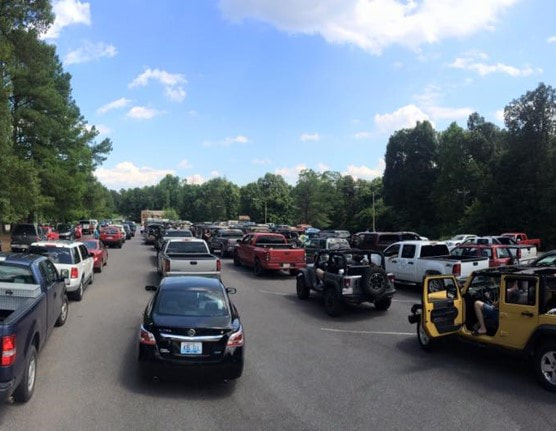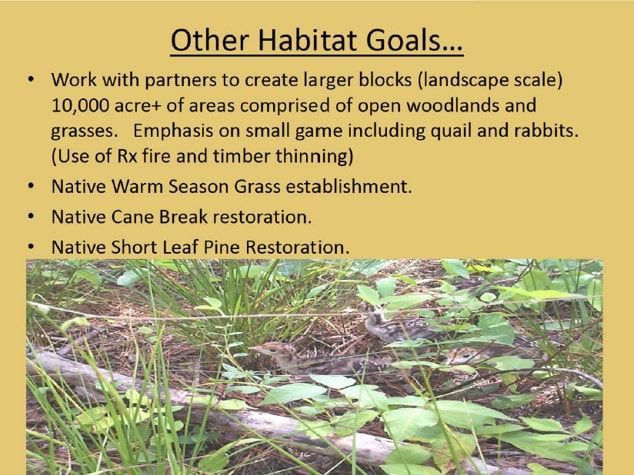Land Between the Lakes
|
The Land Between the Lakes National Recreation Area is divided between the states of Tennessee and Kentucky and has both a unique history. Originally known as Land Between the Rivers, the LBL was a creation of the Tennessee Valley Authority when Kentucky and Barkeley Lakes dammed after land seizures forced the removal of hundreds of families. Its history has since been very controversial, with the land being turned over to the Forest Service in the 1990's.
We have a quick slide show that highlights some key issues, some unique to the LBL. We have been monitoring the Pisgah Bay timber sale, which proposes to burn and log for "open woodland creation. Kentucky Heartwood, who has been working with the Coalition for the Preservation of the Land Between the Lakes to stop this project has an excellent page on the sale and how you can get involved. |
|
Grassroots Fight Takes Shape

In 2014, the controversy surrounding the Pisgah Bay and other projects by the Forest Service brought what was originally backlash, but now has evolved into a concerted effort to bring real change to the LBL. A collection of Between the Rivers natives (many who were forced to leave in the 1950's and 1960's), local officials, Kentucky Heartwood, and the Coalition for the Preservation of the Land Between the Lakes is pushing for a new forest plan as a means of undoing the bad philosophy that governs the forest. There is also support to even transfer the forest to the Park Service. Several public meetings have been effective in raising consciousness of LBL issues and the possibilities of a new direction. In February, hundreds came together to meet with the Forest Service and several congressional representatives to push for a better future for the LBL. Check out the latest news!
A caravan of 250 cars toured the LBL in protest later that year

Expanding the 8600 Remains an Unpublicized Goal of the Agency
Even though the Forest Service responded to the grassroots opposition the the problems of the 8600, the desire to expand continues. A Freedom of Information Act request revealed that though the agency publicly insists it is not trying to expand the "grassland" experiment, internal meetings with government and nongovernment groups say otherwise. (Slide from an agency presentation mid-2010's)
Even though the Forest Service responded to the grassroots opposition the the problems of the 8600, the desire to expand continues. A Freedom of Information Act request revealed that though the agency publicly insists it is not trying to expand the "grassland" experiment, internal meetings with government and nongovernment groups say otherwise. (Slide from an agency presentation mid-2010's)
Between the Rivers Natives Talk About the Changing Ecological Landscape of the LBL
We conducted interview with Between the Rivers natives who explain how the Forest Service's view of what were "native" forest conditions are innacurate- how LBL originally had almost no pines and how TVA brought pines in decades ago- The first interview is in two parts.
|
|
|